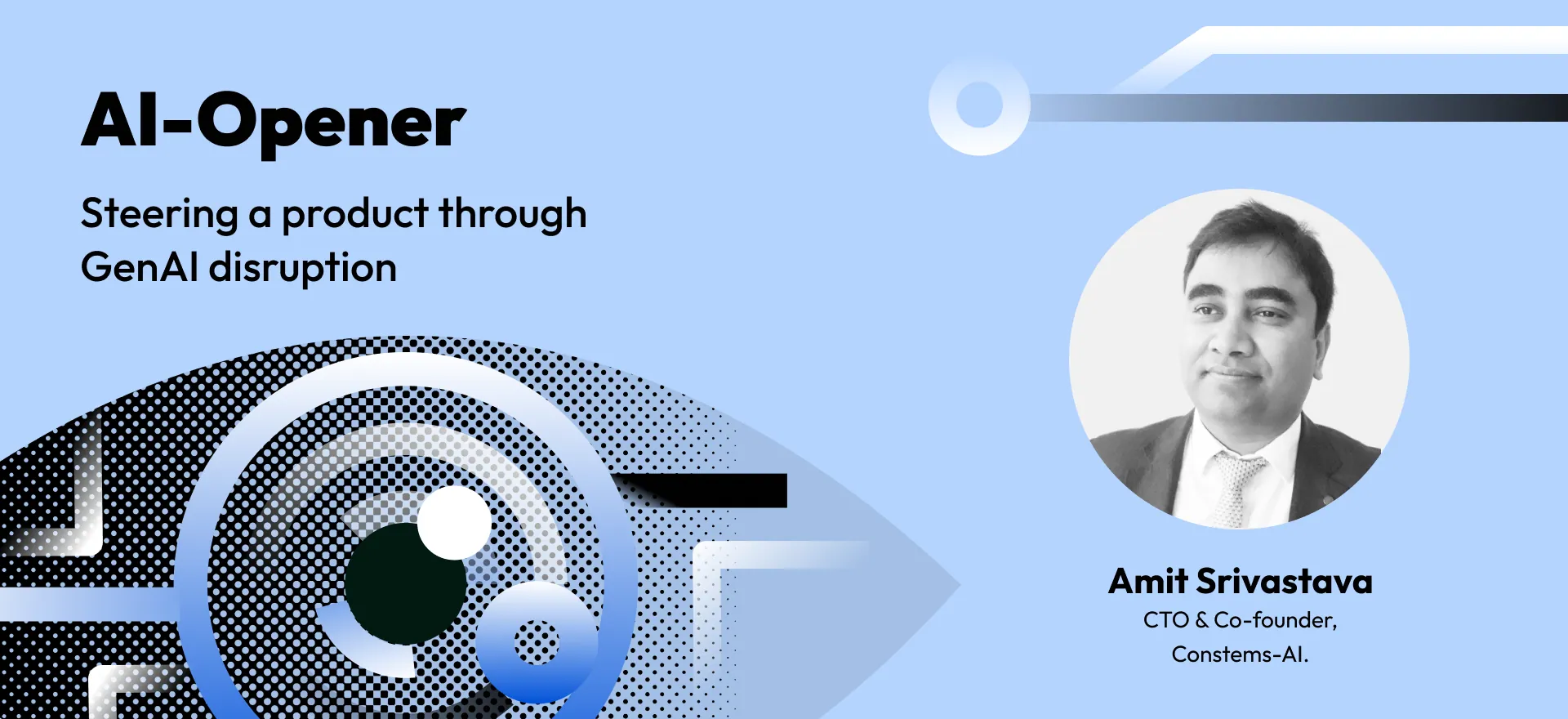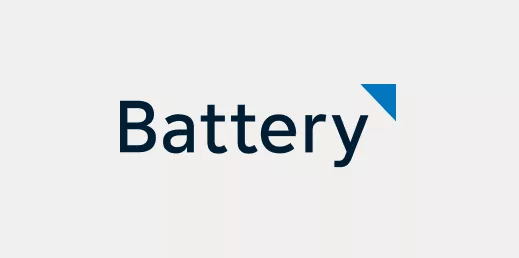“We will be ready to sacrifice our product if required, because we have to consciously call out that we will be an innovative company,” says Amit Srivastava, CTO and co-founder of Constems-AI.
With 20+ years of experience in charting product roadmaps across embedded and AI systems, Srivastava has become habituated to scanning the horizon for new technologies. He’s constantly asking himself, “Is there a better and faster way to do things?” But that question took on a new dimension over the past year.
It’s a dilemma every product development head faces. On the one hand, you’re trying to innovate and adopt the latest and greatest technologies. On the other hand, you have to focus on delivering a robust tried-and-tested product to customers.
But for Constems-AI, the challenge doubled with the GenAI wave. As an early mover in using computer vision for retail analytics, the seven-year-old NCR-based startup had developed deep expertise in convolutional neural network models. Now the rapid advances in the transformer architecture of generative AI offers a path to higher levels of performance.
“With the convolutional neural network, you will hit a ceiling. The transformer model can go to the next level,” says Srivastava.
Parallel teams
It seems a no-brainer then to jump to the new architecture. The dilemma is that the incumbent models’ accuracy has been refined over years of training. To be able to do that with the transformer model will take time, and customers just want a product that’s reliable – most of them don’t care what’s under the hood. On the other hand, knowing that the transformer model’s performance will inevitably outdo standard deep learning models, the startup has to reinvent its product at some point.
“Today you are at a point where the accuracy for both is comparable. But tomorrow there is a potential for the transformer to actually give you much more accuracy with many more images.”
The workaround Srivastava came up with is parallel teams. One of them is migrating the product to the transformer models, while the other one is continuing on the product development road charted earlier with the deep neural network models. It’s not an ideal scenario because it requires more manpower, higher expenditure, and divided attention in the short term. But for Constems-AI, it was a necessary band-aid in a disruptive environment.
“I’ve been experimenting with the transformer model closely. Today I see that the deep neural network and transformer are neck-to-neck,” says Srivastava. “The question is when to make the switch. That is why we’re building things in parallel, which is taking some of our bandwidth.”
At the same time, it’s an exciting inflection point. “Going forward, we will be able to generate more value to the customer in a shorter time. That’s how I see the coming new wave,” says Srivastava.
Computer vision in retail
Before becoming an entrepreneur, Srivastava had worked at the confluence of software and hardware at the multinational semiconductor tech company STMicroelectronics for 16 years. It was at an IIM Lucknow incubation programme that he met his co-founder, Amit Singh, who had deep experience in the retail business.
They decided to apply the emerging tech of computer vision to retail analytics, beginning with a motorcycle maker’s display at a pavilion. It expanded to helping FMCG brands derive quick insights on their presence on retail store shelves.
The startup ran into multiple problems in training its AI models for accuracy. Relying on smartphone images, for example, it had to find ways to standardize the quality of images for the AI. Some agents took pictures of the whole store instead of specific shelf spaces, and some inserted their selfies as proof of presence. But with training of humans alongside AI, the system soon became much faster and more accurate than earlier manual methods of collecting and processing visual data from stores.
Eventually, its product became robust enough to be used by leading brands in India and Southeast Asia. The startup’s revenue grew four-fold to cross $1M ARR last year, says Srivastava. It is also foraying into new domains like Industry 4.0, with computer vision and AI analytics applied to quality control inspections.
Widening sales funnel
“Because of this new wave, our sales funnel is growing. It is widening because more people are aware of AI,” says Srivastava.
Inquiries range from asking for an API (application programming interface) to adapting AI analytics platforms to different domains, such as real estate or insurance. “Collaboration is the name of the game today.”
There’s extra effort involved in customizing the platform for each new scenario that Constems-AI is exploring with partners. And this is where GenAI is enabling a faster progression already. “As we go forward with the transformer model, the effort we put into any new scenario would start reducing.”
One of the ongoing debates in most deep tech startups is around the tradeoff between focusing on the core vertical and extending it to other verticals for a broader base. There’s always a risk of wasted time and money in these forays. Now that is getting mitigated by the transformer model, as in the case of Constems-AI.
It already has a parallel transformer model whose performance is close to that of its product in retail. “We still use the deep neural network for retail, but for all other verticals where we are providing APIs, we are using the transformer model to get to market faster,” explains Srivastava.
The startup saves the time and expense required to train AI models in each new vertical. The dual benefit is that its transformer model is getting tested and refined in the other verticals. So when the time comes to make the switch in its core retail vertical where it has a large customer base, it can tap into the learnings from the other verticals and make the change smoother.
“Product is what gives you money. Innovation is what keeps you relevant,” points out Srivastava. The product vs innovation challenge is something that magnified quickly for Constems-AI with the GenAI wave. It had to come up with a strategy to balance the two.

























